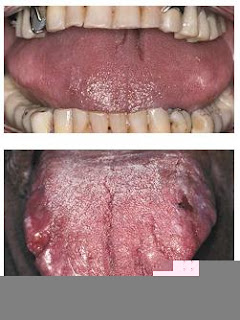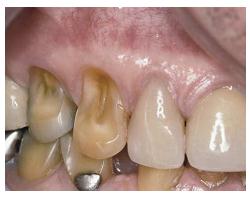Bilezikian JP, Silverberg SJ. Clinical spectrum of primary hyperparathyroidism. Rev Endocr Metab Disord 2000;1:237–45.
Danesh F, Ho LT. Dialysis-related amyloidosis: history and clinical manifestations. Semin Dial 2001;14:80–5.
Garcia RI, Henshaw MM, Krall EA. Relationship between periodontal disease and systemic health. Periodontol 2000 2001;25:21–36.
Hendy GN. Molecular mechanisms of primary hyperparathyroiodism. Rev Endocr Metab Disord 2000;1:297–305.
Danesh F, Ho LT. Dialysis-related amyloidosis: history and clinical manifestations. Semin Dial 2001;14:80–5.
Garcia RI, Henshaw MM, Krall EA. Relationship between periodontal disease and systemic health. Periodontol 2000 2001;25:21–36.
Hendy GN. Molecular mechanisms of primary hyperparathyroiodism. Rev Endocr Metab Disord 2000;1:297–305.















































